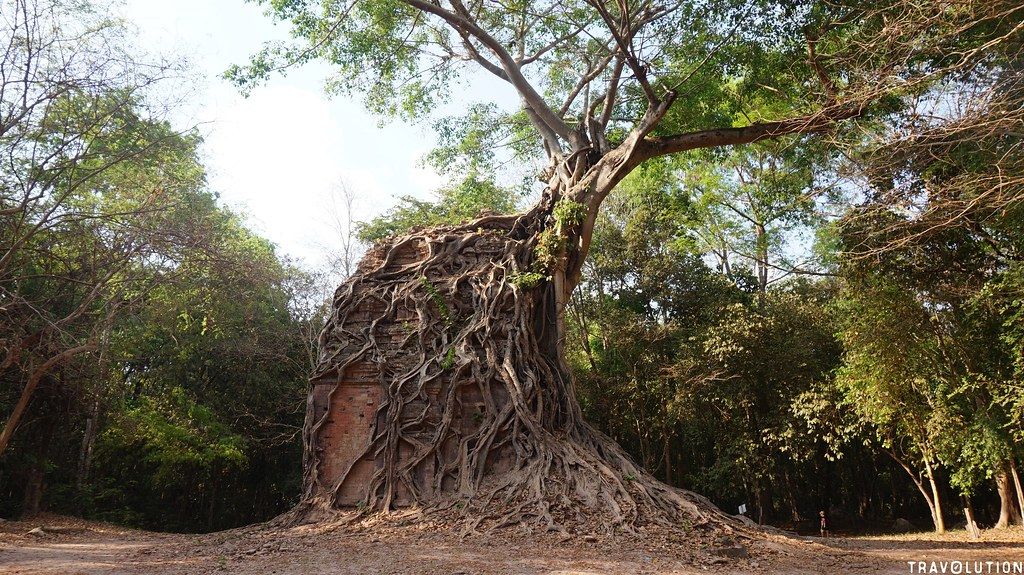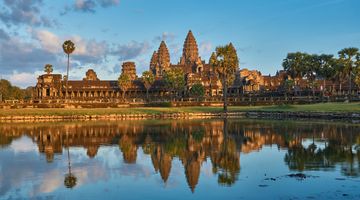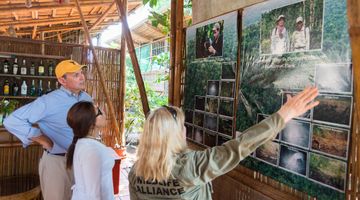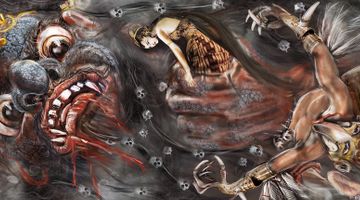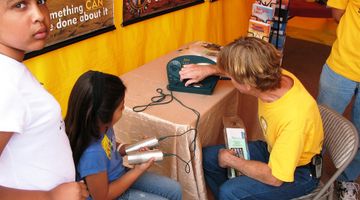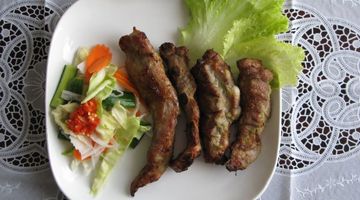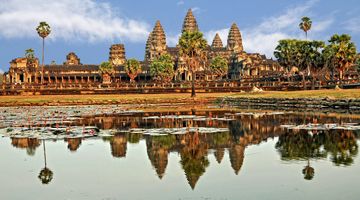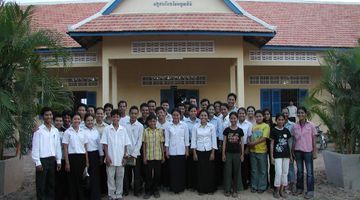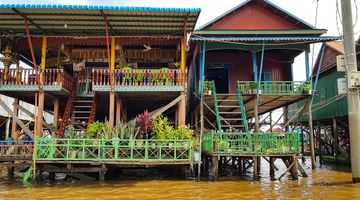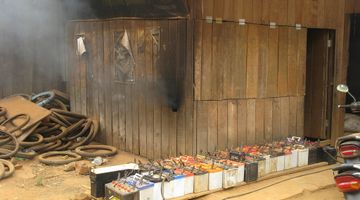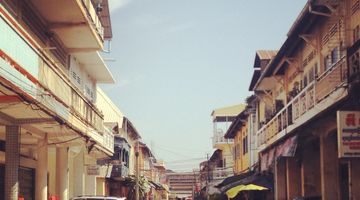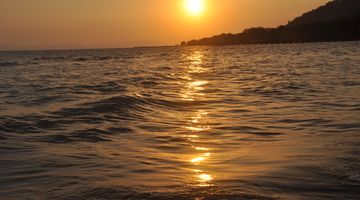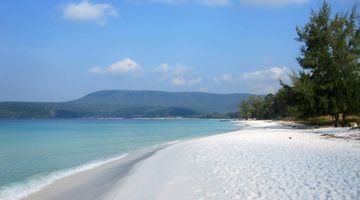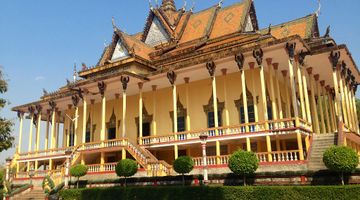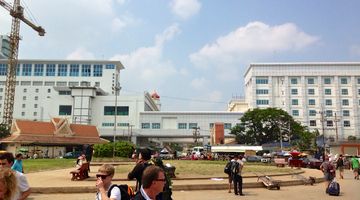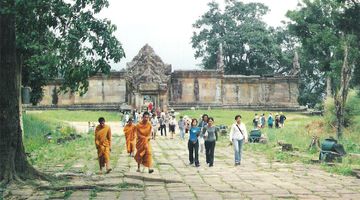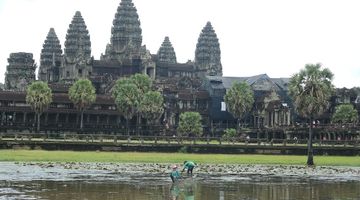Kampong Thom Cambodia - the Ultimate Travel Guide
In a nutshell
If you’re seeking an off-the-beaten track destination that serves as a base for visiting forgotten Cambodian temples, Kampong Thom is the place to go. Whether you want to explore an enigmatic temple complex or taste a tarantula on your way there, this little town offers a peaceful haven filled with curiosities. While others were seeking a road less travelled, here we found a locale less explored.
Why go
Relaxation was the vibe in Kampong Thom. The town was small enough to explore on foot or by bicycle (most guesthouses offer cycles for hire for less than a dollar a day) and we also loved its proximity to the river, enjoying relaxing boat rides and watching Cambodian life on the riverbanks.
Further afield, we found the real gems that draw people to Kampong Thom: the Sambor Prei Kuk temples are 30km northeast, a collection of crumbling buildings that pre-date Angkor Wat by 400 years. Even more astonishing was how few tourists we found there. The complex felt so secret and tucked away among the trees it felt as though we’d just discovered it.
To the east was another Buddhist complex that seemed to have been forgotten by other travellers: the gaudier and more modern-looking Phnom Suntuk. A dizzying 807 stone steps led us to a marvellous view over the expansive Cambodian rice paddies this region is renowned for. A return tuk-tuk tour to these nearby temples cost us less than USD15, while a taxi was no more than USD30. Bargain.
Another curiosity we discovered in this part of the world were the bugs (yes, bugs), which we found on our way to Kampong Thom from Phnom Penh. Our first stop on Highway 6 was the tiny town of Skuon, a place infamous for its deep-fried black tarantulas. These horrific looking dainties were surprisingly scrumptious (think protein-rich and crunchy). As we neared Kampong Thom we dropped in on Suntuk silk farm, where we watched silkworms in action and bought sumptuous scarves that were hand-woven on site.
When to go
The best time of year to head here is November to March, when the climate is cooler and less humid. Avoid it during the peak rainy season in July and August, unless you love getting wet feet.
Where to stay and eat
Being a small place, Kampong Thom’s shortfall is its limited choices of three key things: accommodation, food and decent health care.
Charming riverside guesthouses start at USD9 while high-end hotels offer poolside luxury at USD40 per night and almost all the options are centrally located.
Aside from hotel restaurants, only a few cafes serve Cambodian cuisine worth writing home about, and even fewer served Western dishes. There are well-stocked pharmacies here, but travellers who feel seriously ill should take a bus to Phnom Penh or Siem Reap where facilities are better equipped.
Safety
What Kampong Thom lacked some things, it made up for in laid-back charm and a safe atmosphere. Despite stories of drug-related incidents in some parts of this district, we experienced no crime here and the only real hazards you would need to protect yourself from involve mosquito nets and plenty of spray against the bugs (apart from the spiders… Yummy, crunchy spiders).

